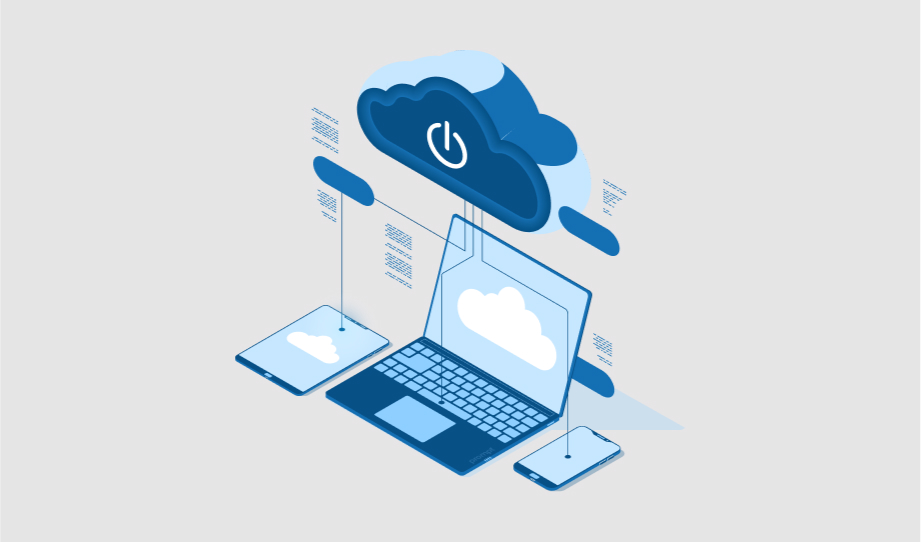The energy industry is experiencing consequential changes as it encounters numerous challenges with an increasing population, like increasing demand for electricity, integration of renewable energy sources, and emerging electric vehicles. The best way to address these issues is by embracing edge computing and using it potentially. It is a distributed computing paradigm that allows data processing and analysis nearer to the source
In this blog, we will understand how edge computing can change the outlook of the energy industry, making it more reliable, efficient, and sustainable.
Challenges faced by the current Energy Industry
The existing traditional power grid is one of the most necessary infrastructures in our day-to-day lives. It powers our homes, hospitals, schools, industries, and other essential things for our daily routines. However, power grids face numerous challenges because of the increasing electricity demand, the integration of renewable energy sources, and the growing market for electric vehicles. These challenges can be solved using innovative solutions to optimize the grid’s operation, improve its resilience, and diminish energy waste.
What is Edge Computing?
Edge computing can be explained as a distributed computing paradigm that allows data processing and analysis closer to the source. It can be installed in various locations in the power grid, like substations, to process and analyze the data generated by the sensors in real time. Edge can also support optimizing the power grid’s operation, improving its resilience, and cutting off energy waste.
3 essential Pillars of Edge Computing
- Improved scalability: Edge computing allocates storage and processes it over many locations, reducing the investment cost for infrastructure and capacity for a higher traffic volume or better algorithm.
- Better data security and sovereignty: As data remains at its original location, the risks for illegal access or theft are decreased automatically.
- High amount of data processed with less latency: Frequency analysis allows it to work with thousands of data almost instantly, with just milliseconds required for analysis and response. This solved the near real-time use cases- something impossible in Cloud Environments that are more inclined to offline analysis of batch information.
The IDC’s report on ”Edge Computing Solution Driving the Fourth Industrial Revolution”- emphasizes the need for the pillars mentioned above. A survey was conducted in which around 802 industry leaders who adopted Edge Computing – almost 30% stated that their primary motivation was bandwidth costs, 27% data protection, 19% latency constraints, and 12% surveyed were from the energy sector.
Introducing Smart Power Grid with Edge Computing
In a smart grid system, multiple sensors are installed to gather data related to the health condition and performance of the power grid. These sensors create immense amounts of data that need to be processed and analyzed in real-time to make reasonable decisions. Rather than sending all the generated data to a centralized data center, edge computing is data processing at the network’s edge, closer to the source.
Edge computing supports optimizing the power grid’s operation, improving its resilience, and lowering energy waste.
For example, a power-consuming company can install edge servers at different locations in the power grid, like substations, to process and analyze the data created by the sensors in real time. The edge servers use machine learning algorithms to anticipate the power demand and supply, detect faults, and effectively manage electricity distribution.
Edge computing also enhances the power grid’s resiliency by allowing autonomous decision-making at the edge in case of network disruptions.
For example, assume any substation loses connectivity with the central control system. In that case, the edge servers can return to a backup mode and continue to function autonomously using locally stored data.
The Advantages of Edge Computing
Edge computing can bring change to the energy industry and make it more reliable, sustainable, and efficient. By opting for edge computing, power utilities can optimize their processes, lower energy waste, and offer higher-quality services to their customers. Edge computing can resolve the power grid’s challenges, such as growing demand for electricity, incorporating renewable energy sources, and emerging electric vehicles.
Besides this, edge computing can allow energy utilities and municipalities to develop and deploy data processed quickly and efficiently, allowing them to churn profit from edge computing solutions more effectively.
Users with no or low programming experience can design and deploy data processes promptly and efficiently using a convenient, low-code tool. This can assist in streamlining the deployment of edge computing solutions and allow energy utilities and municipalities to resolve the power grid challenges.
Main issues of IoT Edge Computing for the Energy Sector?
IoT Edge is powered by solid investment by technology manufacturers in cutting-edge solutions with smaller, lower-powered, and lower-priced microcomputers that can operate as IoT Edge Computing nodes at scale.
Similarly, operating systems and software are also created to give these nodes the capacity to conduct algorithms in a cyber secure way, generally packaged in virtual software “containers” like Docker.
Conclusion
Today, if we look into the energy industry, we’ll find out that the energy industry encounters many challenges, like increasing demand for electricity, incorporating renewable energy sources, and overflowing of electric vehicles in the market. With the increasing population and development of industries, it has become necessary to adopt and embrace technology that cannot just solve the problem but also does not negotiate with the quality of operations.
Edge computing has the prospect of revolutionizing the energy industry, making it more dependable, sustainable, and efficient. By embracing edge computing, power utilities can enhance their operations and reduce the risk of energy wastage.





